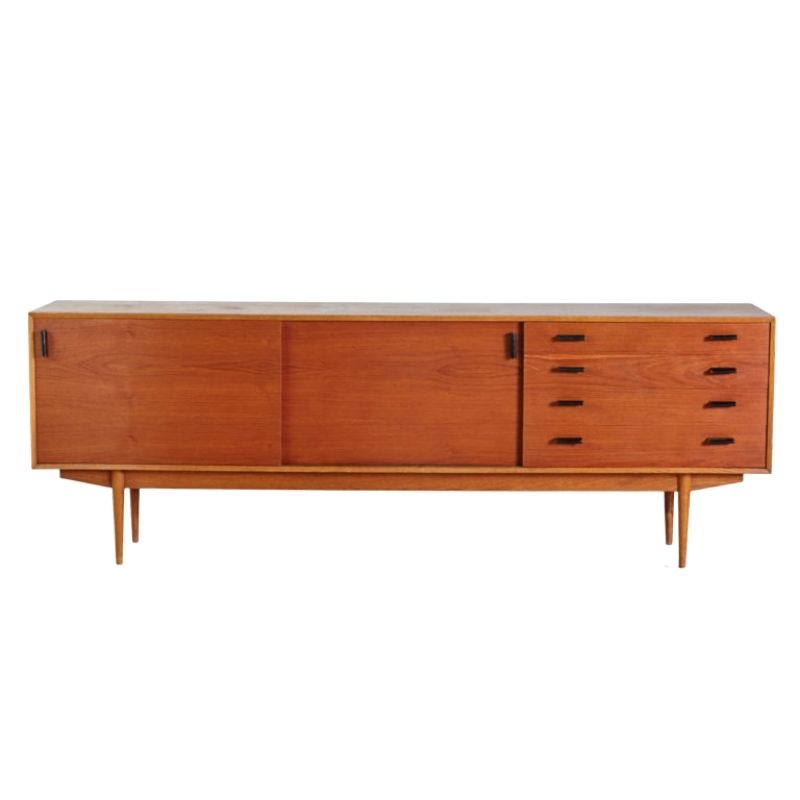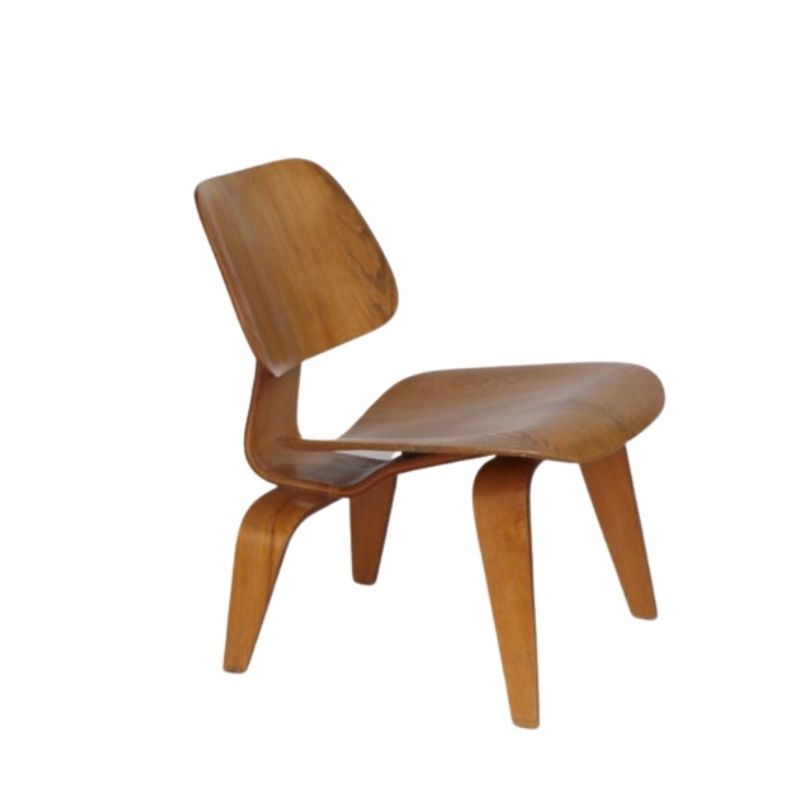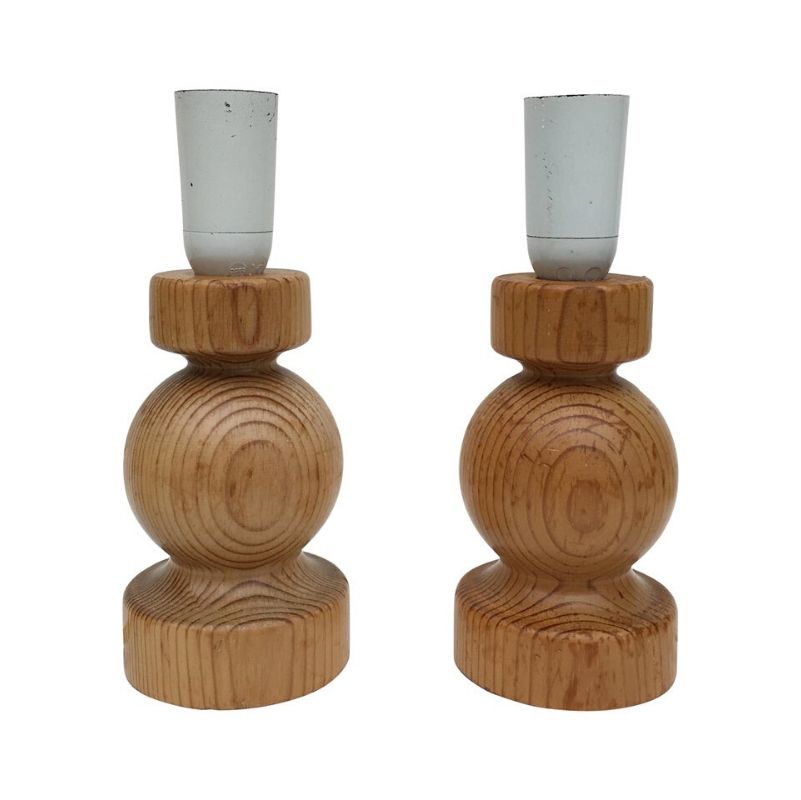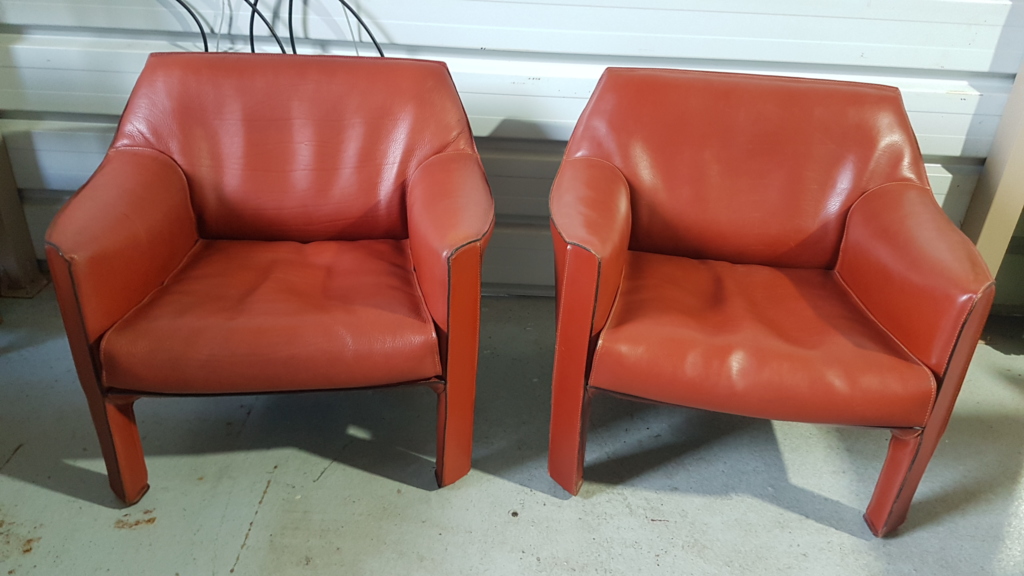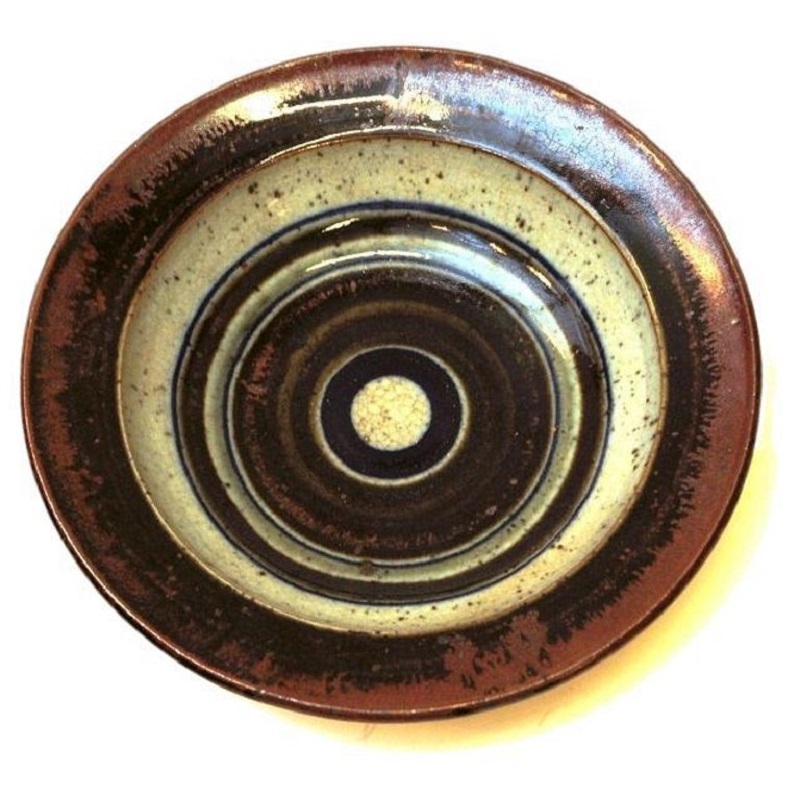Thanks for the valuable input. I am posting pics of the piece. Also keeping original post below. I would be interested to hear any thoughts on value or decade. However, I'm reluctant to post what we paid as it's irrelevant to a degree. Per the store's policy (like most vintage stores), items are final sale and non-returnable.
We are mid-century modern furniture lovers and recently purchased (maybe too quickly without research)a danish modern style credenza. Unfortunately there are no markings or labels on the piece to identify it with any particular manufacturer or year. We are assuming it's 50s or 60s. We have discovered that the drawer and door fronts and sides are a veneer over pressed board / particle board. Just wondering if 1) particle or pressed board would have been comoonly used back then and 2) if this construction would indicate where or when it was made. We like the appearance, but now wondering if we should have been more discriminating.
Pics?
Obviously pics would help a lot in determining whether or not you should have been more discerning, as would knowing how much $$$ you spent on said piece. You can take comfort in knowing that particle board with veneer was used in Denmark at that time, however really nice pieces by heavy hitters such as Wegner, Mogensen, Juhl etc...would likely have been made from solid wood. Additionally, most Danish pieces that I have encountered (not that I am an expert by any stretch of the imagination) are at least usually stamped 'Made in Denmark'. As a newbie, that's all I can contribute.
Maybe from the 70s or 80s?
Without photos, I'd guess your credenza is from the 80s, as there was an influx of such construction to scandinavian furniture stores at that time. These pieces can look quite nice. We have a wall unit I got on cheap on Craigslist that looks good, but is made of cheap materials. It will do until I can find a Nelson CSS!
Pieces from the 50s and 60s, in my experience, are often hardwood, or more likely, some solid pieces with a quality teak veneer with over quality plywood (which is very different from contemporary plywood).
Particle board was a real...
Particle board was a real revolution in the 50's, when the economic boom and mass consumption raised productivity in furniture market. A lot of danish firms used it, as it's far more stable than solid wood. So I wouldn't let the use of particle board put you of. If it's done right ofcourse!
Like this example, by Alfred Hendrickx for Belform:
bj is right on. There's nothing inherently wrong with particleboard.
It gets a bad rap because it was often used as a cheap substrate and because the edges don't hold up well to an accidental blow and it tends to swell if exposed to liquids or high humidity. Of course, weight is another drawback.
There were better grades available back when, and better makers compensated for the material's limitations by using thicker solid wood edge-bandings and appropriate joinery and fasteners in the construction. These features are often lacking in the lower-quality offerings.
As bj mentioned, particleboard, or chipboard, was a modern alternative that offered a hard, flat, dimensionally stable, and reasonably priced alternative that was almost ideally suited to the rectilinear veneered surfaces that were popular then and we continue to appreciate still.
That is
true. Today's MDF is a superior alternative to particle board, and the kind of PB in use 60 years ago was in turn far finer that what you find in IKEA furniture and cabinets today. But the fact remains that all of these options are better for veneering than most any plywood, because the surfaces of composite panels are truly parallel, smooth, and defect-free -- vital for the final-stage sanding which all veneered sheets must undergo, and for eliminating rejects of valuable veneered goods.
When looking at the pictures...
When looking at the pictures it strikes me that the sides of the drawers aren't finished. Exposed particle board is generally a sign of lesser quality.
I would make a guess and say this was made in Great Britain, probably arround 1968-1970. Maybe Chiswell, for instance.
Well I think its crap and hat...
Well I think its crap and hate it but theres not much I do like these days. Cheese, Dr Who and pistachio nuts excepted of course.
Has anyone ever seen that salt dough craft? Its rock hard and old ladies paint it and do things with lavender flowers on it. I reckon with a few addiditives and some fibre reinforcing it could be made on a large scale as a sheet good, acoustic panels etc...totally biodegradable too.
If you need any help, please contact us at – info@designaddict.com



